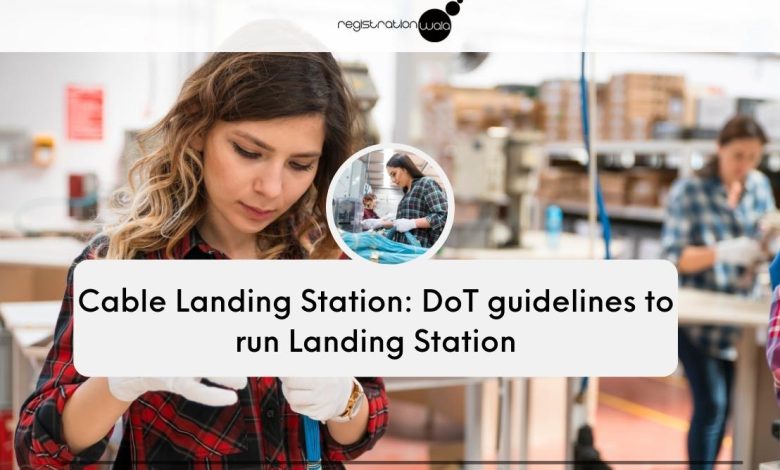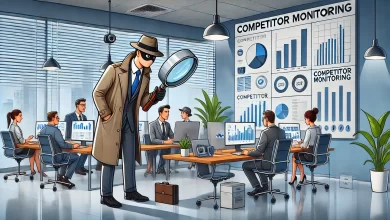
If one looks from, for instance, a national security point of view, only Internet data traffic is carried to effectively monitor the traffic at the Submarine Cable Landing Station (CLS) in India. The following are the guidelines set by the DoT, i.e., Department of Telecommunications. These guidelines must be observed by the registered submarine CLS in India.
Data-Flow through the Cable Landing Station
A Cable Landing Station or CLS must ensure that it only carries Internet data traffic, not voice traffic.
Data Storage
A CLS must monitor its facilities from all security angles, both online and offline. The CLS must capture, store, as well as retrieve information about all traffic classes. This data traffic includes Internet, video, audio, etc. Each of these traffics specified by attributes such as destination, recipient, sender, keywords, etc.
Data Traffic Monitoring
Government-authorized agencies must, above all, monitor all types of traffic which pass through the CLS terminals. The data traffic can include the following:
- Raw Data
- FAX
- Speech
- Video
- Multimedia
All this can be available in interactive and non-interactive modes.
Monitoring Basis of a Cable Landing Station
The CLS must always ensure the data monitoring based on the following:
- Keywords
- Key expressions
- IP
- E-mail Addresses of initiating or terminating subscribers
Traffic Filtering by Cable Landing Station
The CLS must scan the entire traffic passing through the dedicated gateway. A CLS must also filter the traffic by the keywords or key expressions and addresses defined by the security agencies.
Also Read: Telecom Consulting Services
Traffic Storage
The CLS must store the filtered traffic in the memory as well as directory provided for the security agencies. These agencies operate with a monitoring requirement. Before warehousing or storing the monitored data, the CLs must segregate and store the data in the directory in different files.
Traffic Decoding
The CLS must decode as well as store the filtered information to produce a direct hard copy of FAX and data and audio-video tapes of the speech and video recordings.
Traffic Data Logging
The CLS must create a log of recorded information for each agency in the directory of the agency concerned. This log displays the details like the date and time of recording and the number of records.
Monitoring Centre of Cable Landing Station
The CLS must provide the following in the monitoring facility:
- Dedicated space
- Memory
- Directory
- Storage
Monitoring Facility Access
The CLS must ensure that the monitoring agencies have access to the monitoring center computer. Also, the CLS must provide such access through PSTN line, ISDN line, or dedicated lines, like Cable pairs or Optical links. Also, CLS must provide an adequate number of all types of interfaces at its monitoring center to facilitate remote access for security agencies.
Remote Accessing for Cable Landing Station Security
The CLS must ensure the Remote-Accessing and Log-in facility for security agencies. Furthermore, the CLS must secure these facilities be secured with unique passwords. Each agency must have a unique password. This access password must be changeable by the concerned security agency. The CLS must also ensure the monitoring of the data traffic by more than one security agency simultaneously.
Also Read: Registered Company: Loan and investment by the Company
Cable Landing Station Office Space
Every CLS must establish an office space of 20 x 20 square feet. The space must have an adequate uninterrupted power supply and air-conditioning. The office space must be physically secured. It must be exclusively accessible to the personnel authorized by DoT. Also, the CLS must provide such a facility at each location, free of cost.




